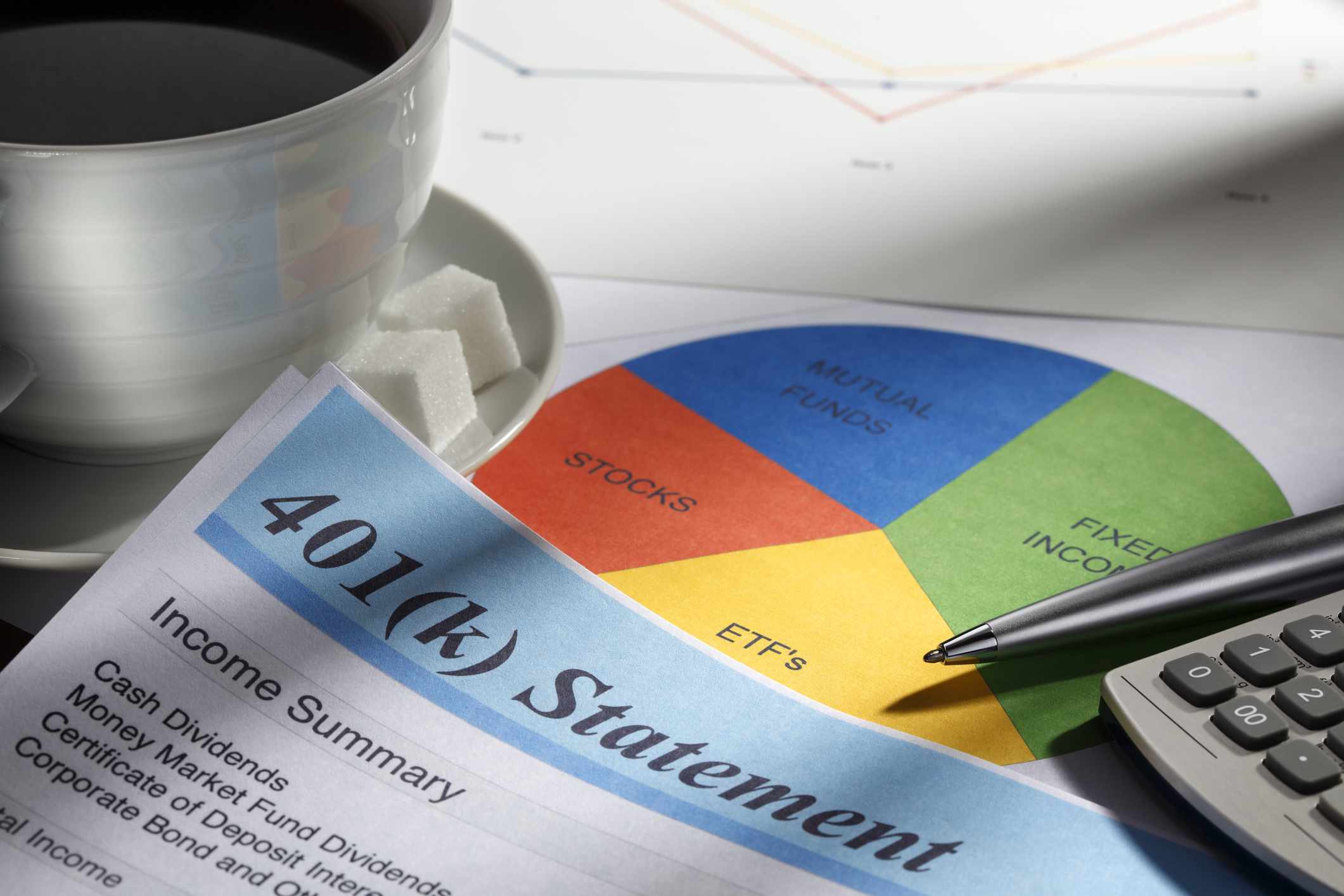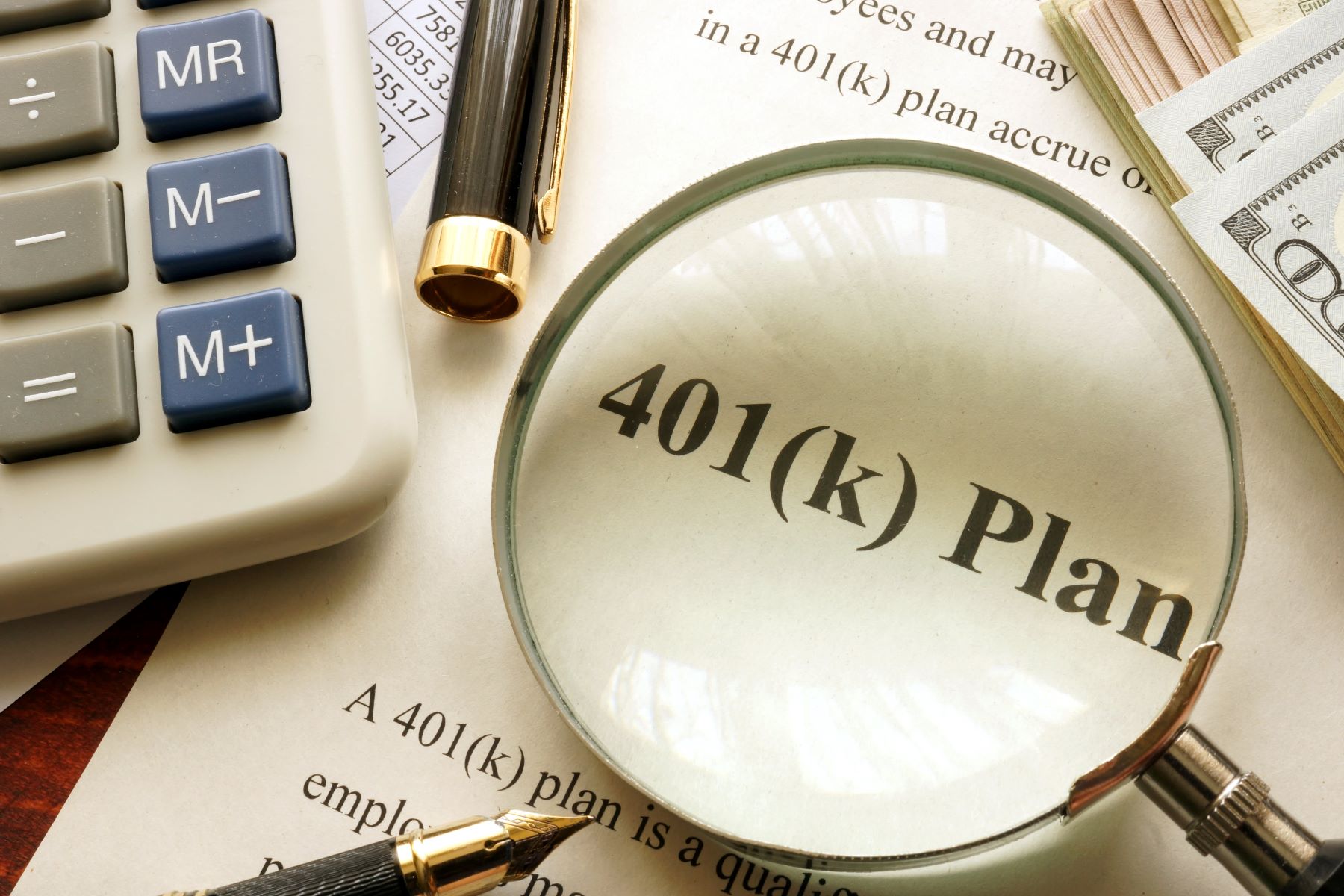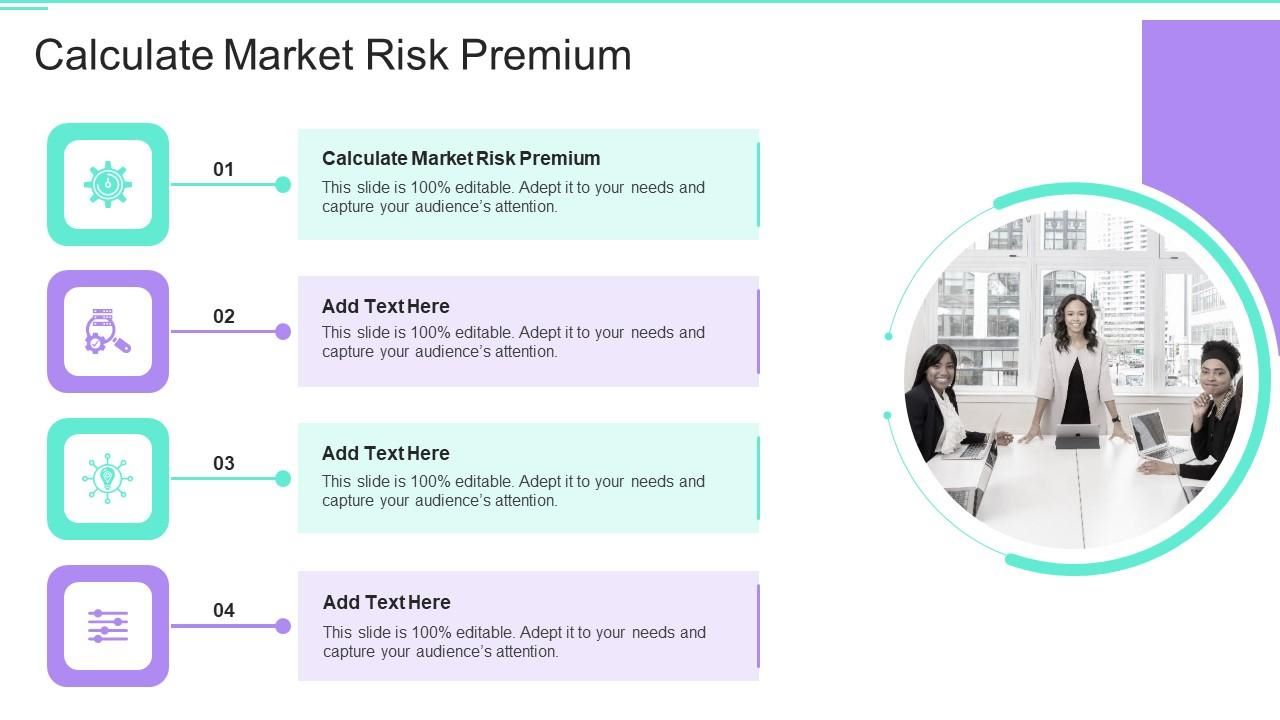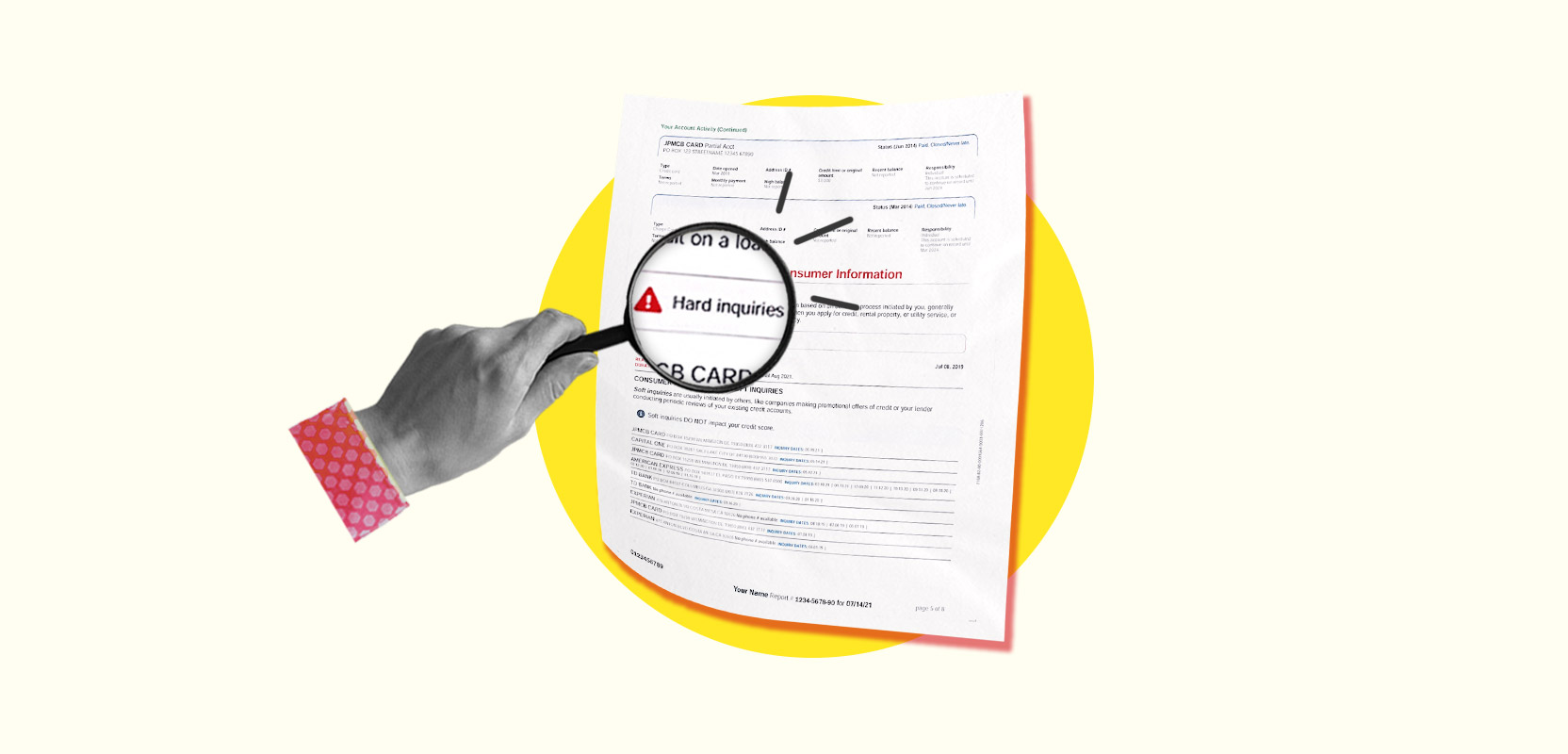Home>Finance>Why Are Pension Funds Being Replaced By 401(k) Plans?
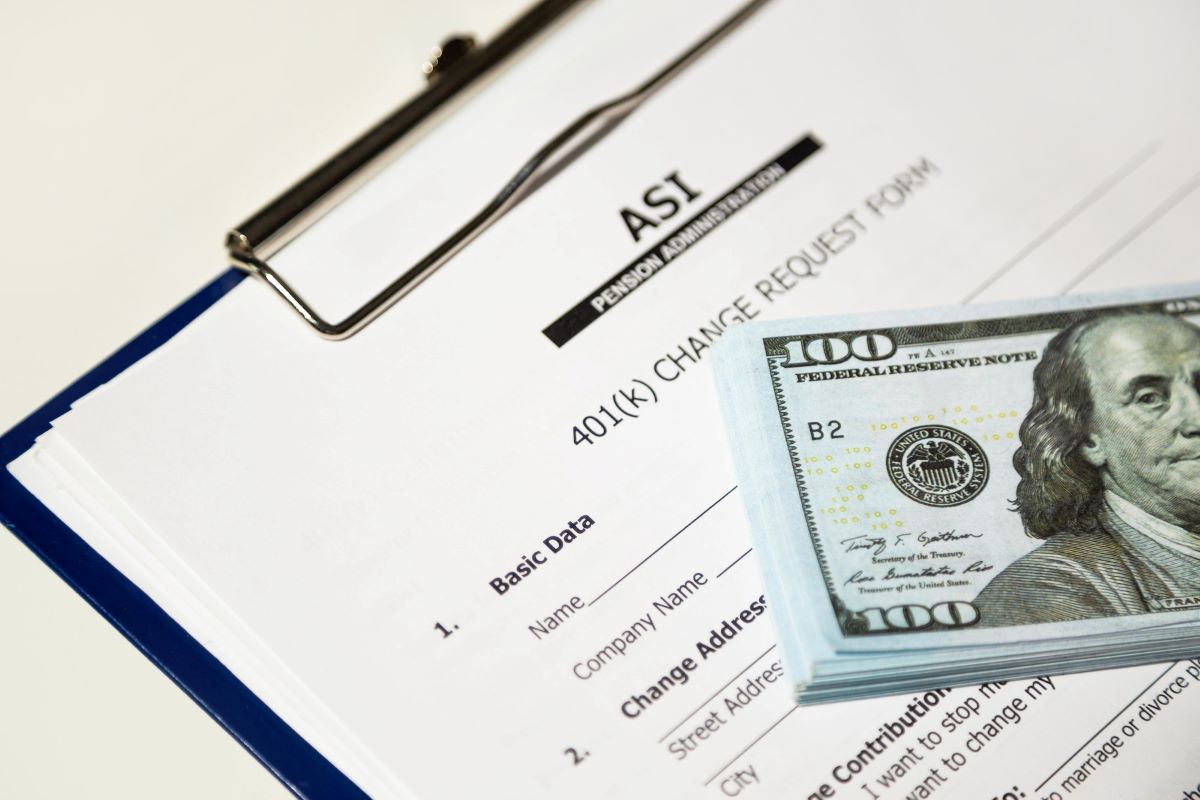

Finance
Why Are Pension Funds Being Replaced By 401(k) Plans?
Published: January 22, 2024
Discover the shift from traditional pension funds to 401(k) plans in the world of finance and understand the reasons behind this transition. Explore the impact on retirement savings and financial security.
(Many of the links in this article redirect to a specific reviewed product. Your purchase of these products through affiliate links helps to generate commission for LiveWell, at no extra cost. Learn more)
Table of Contents
Introduction
Pension funds have long been a cornerstone of retirement planning, providing a sense of financial security for employees as they transition into their golden years. However, in recent decades, a notable shift has occurred in the retirement landscape, with pension funds being gradually replaced by 401(k) plans. This transformation has sparked significant interest and debate, as it has far-reaching implications for both employees and employers.
The evolution from traditional pension funds to 401(k) plans reflects broader changes in the structure of employment and retirement benefits. Understanding the reasons behind this shift, as well as its impact on individuals and the broader economy, is essential for anyone navigating the complexities of retirement planning.
In this article, we will delve into the history of pension funds and the rise of 401(k) plans, exploring the differences between these two retirement vehicles. Additionally, we will examine the reasons driving the transition from pension funds to 401(k) plans and the resulting impact on retirees and the workforce. Finally, we will consider the future of retirement savings in light of these developments, offering insights into the evolving landscape of retirement planning. Join us on this enlightening journey through the changing tides of retirement benefits, as we uncover the intricacies of this pivotal transition from pension funds to 401(k) plans.
History of Pension Funds
The concept of pension funds traces its roots back to ancient civilizations, where various forms of retirement benefits were provided to military personnel and public servants. However, the modern pension system began to take shape in the late 19th and early 20th centuries, particularly with the industrial revolution and the emergence of large-scale corporations.
One of the earliest forms of pension plans in the United States can be attributed to the American Express Company, which established a retirement plan for its employees in the 1870s. This pioneering initiative set the stage for the widespread adoption of pension funds by employers seeking to attract and retain skilled workers.
By the mid-20th century, pension funds had become a standard component of employee compensation packages, especially in the private sector. These defined benefit plans promised retirees a predetermined amount based on salary history and years of service. The responsibility for funding and managing these pensions typically fell on the employer, offering employees a sense of security and stability as they approached retirement.
Government employees also benefited from pension funds, with public sector workers often receiving generous pensions as part of their employment agreements. These pensions were designed to provide a reliable source of income during retirement, ensuring that individuals who dedicated their careers to public service could retire with dignity and financial peace of mind.
Over time, pension funds evolved to encompass a wide range of industries and professions, playing a vital role in shaping the social and economic landscape. The stability and predictability offered by these retirement plans contributed to a sense of loyalty and commitment among employees, fostering long-term relationships between workers and their employers.
Despite their historical significance and widespread adoption, pension funds have faced challenges in the face of shifting economic and demographic trends. The rise of 401(k) plans and other retirement savings vehicles has introduced new dynamics into the retirement benefits arena, prompting a reevaluation of traditional pension models and their sustainability in the modern era.
Rise of 401(k) Plans
The emergence of 401(k) plans marks a significant departure from the traditional pension fund model, introducing a more individualized approach to retirement savings. The roots of 401(k) plans can be traced back to the Revenue Act of 1978, which included a provision allowing employees to defer compensation into a tax-deferred savings plan. This provision laid the groundwork for the 401(k) plan, named after the section of the Internal Revenue Code that governs it.
Initially, 401(k) plans were designed as a supplementary savings vehicle, enabling employees to set aside a portion of their earnings for retirement on a tax-deferred basis. Over time, these plans gained traction as employers recognized their potential to shift the burden of retirement savings from the company to the individual employee. This shift aligned with broader trends in employment, as many workers began to transition between jobs and careers more frequently, leading to a demand for portable retirement benefits.
The 401(k) plan’s appeal grew as it offered employees greater control and flexibility over their retirement savings, allowing them to make investment decisions tailored to their individual financial goals. Unlike traditional pension funds, which provided a predictable stream of income based on years of service and salary history, 401(k) plans placed the onus on employees to manage their investments and accumulate sufficient funds for retirement.
Employers also found 401(k) plans attractive due to their cost-effectiveness and reduced long-term financial obligations. Unlike pension funds, which required employers to fund and administer the retirement benefits, 401(k) plans shifted the responsibility to the employees, thereby mitigating the financial risks and uncertainties associated with managing pension funds.
As 401(k) plans gained prominence, they became a mainstay of retirement benefits offered by companies across various industries. The portability and individualized nature of 401(k) plans appealed to a workforce characterized by mobility and diverse career paths, aligning with the evolving dynamics of the modern labor market.
Today, 401(k) plans have become a cornerstone of retirement planning, with millions of Americans relying on these accounts to build their nest eggs for the future. The rise of 401(k) plans has reshaped the retirement savings landscape, ushering in a new era of personal responsibility and investment-driven retirement preparations.
Differences Between Pension Funds and 401(k) Plans
While both pension funds and 401(k) plans serve as vehicles for retirement savings, they differ significantly in their structure, funding mechanisms, and the level of individual involvement. Understanding these distinctions is crucial for individuals navigating their options for retirement planning.
- Guaranteed Income vs. Investment-Based Savings: One of the key disparities between pension funds and 401(k) plans lies in the nature of the benefits they offer. Pension funds, also known as defined benefit plans, traditionally provide retirees with a guaranteed income stream based on their years of service and salary history. In contrast, 401(k) plans operate as defined contribution plans, where the retirement benefits are determined by the individual’s contributions and the performance of their investment portfolio. This fundamental difference places the onus of investment risk and accumulation of retirement funds squarely on the shoulders of 401(k) participants.
- Employer Responsibility vs. Employee Responsibility: Pension funds are typically funded and managed by the employer, who assumes the financial obligations associated with providing retirement benefits to employees. In contrast, 401(k) plans place the responsibility for funding and managing retirement savings on the individual employee. While employers may offer contributions or matching funds, the ultimate accountability for investment decisions and the growth of the retirement account rests with the employee.
- Portability and Flexibility: 401(k) plans offer greater portability and flexibility compared to traditional pension funds. When employees change jobs, they can typically roll over their 401(k) balances into new employer-sponsored plans or individual retirement accounts (IRAs), preserving the continuity of their retirement savings. This mobility contrasts with pension funds, which may have restrictions on portability and often require vested periods of service to qualify for full benefits.
- Regulatory Framework and Tax Treatment: Pension funds and 401(k) plans are subject to different regulatory frameworks and tax treatments. Pension funds are governed by specific funding and vesting requirements, often regulated by federal and state laws. Contributions to pension funds are typically tax-deductible for the employer, and the investment earnings within the fund grow tax-deferred. In contrast, 401(k) plans are subject to annual contribution limits and IRS regulations regarding withdrawals and distributions. Contributions to 401(k) plans are made on a pre-tax or after-tax basis, depending on the plan structure, and the investment earnings grow tax-deferred until withdrawal during retirement.
These differences underscore the contrasting approaches to retirement savings offered by pension funds and 401(k) plans, highlighting the evolving dynamics of employer-sponsored benefits and the increasing emphasis on individual empowerment in preparing for retirement.
Reasons for the Shift from Pension Funds to 401(k) Plans
The transition from traditional pension funds to 401(k) plans has been driven by a confluence of economic, demographic, and regulatory factors, reshaping the retirement benefits landscape and altering the dynamics of retirement planning for both employers and employees.
- Cost Containment and Financial Risk Mitigation: Employers have increasingly turned to 401(k) plans as a means of containing long-term financial obligations and mitigating the risks associated with managing traditional pension funds. By shifting the responsibility for retirement savings to employees, companies can minimize their exposure to funding volatile pension liabilities, thereby enhancing financial flexibility and stability.
- Individual Empowerment and Flexibility: The rise of 401(k) plans reflects a broader trend toward individual empowerment and self-directed retirement planning. Unlike pension funds, which offer a predetermined income stream, 401(k) plans empower employees to make investment decisions aligned with their risk tolerance, financial goals, and personal circumstances. This individualized approach resonates with a workforce seeking greater control over their financial futures and the flexibility to tailor their retirement savings strategies.
- Changing Workforce Dynamics: The evolving nature of employment, characterized by increased mobility and diverse career paths, has contributed to the appeal of 401(k) plans. With employees frequently changing jobs and careers, portable retirement benefits offered by 401(k) plans align with the fluidity of modern work arrangements, enabling individuals to seamlessly transfer and consolidate their retirement savings as they navigate their professional journeys.
- Tax Advantages and Regulatory Incentives: The tax advantages and regulatory incentives associated with 401(k) plans have played a pivotal role in their widespread adoption. Employers and employees benefit from tax-deferred contributions, potential employer matching programs, and the ability to optimize retirement savings within the framework of IRS regulations. These incentives have bolstered the appeal of 401(k) plans as a tax-efficient vehicle for long-term wealth accumulation.
- Shift in Retirement Responsibility: The shift from pension funds to 401(k) plans reflects a broader societal transformation in the perception of retirement responsibility. With the traditional notion of lifelong employment and guaranteed pensions giving way to a more dynamic and uncertain labor market, individuals are increasingly shouldering the responsibility for their retirement security. 401(k) plans embody this shift, placing the onus on employees to actively engage in retirement planning and investment management.
These reasons collectively underscore the multifaceted drivers behind the transition from pension funds to 401(k) plans, highlighting the complex interplay of economic, regulatory, and behavioral factors shaping the retirement benefits landscape.
Impact of the Transition
The shift from traditional pension funds to 401(k) plans has reverberated across the retirement landscape, exerting a profound impact on individuals, employers, and the broader economy. This transition has reshaped the dynamics of retirement planning and introduced a new set of challenges and opportunities for stakeholders in the realm of retirement benefits.
- Individual Financial Responsibility: With the prevalence of 401(k) plans, individuals have assumed greater responsibility for their retirement savings and investment decisions. This shift has underscored the importance of financial literacy and long-term financial planning, as employees navigate the complexities of managing their retirement accounts and optimizing their investment strategies to achieve their retirement goals.
- Volatility and Investment Risk: The transition to 401(k) plans has exposed individuals to investment risk and market volatility to a greater extent than traditional pension funds. While pension funds offered a predictable income stream, 401(k) participants bear the brunt of market fluctuations, necessitating a nuanced understanding of risk management and asset allocation to safeguard their retirement assets.
- Employer Engagement and Education: Employers have been compelled to engage more actively in educating and empowering employees to make informed decisions regarding their 401(k) plans. This has led to the proliferation of financial wellness programs, retirement planning seminars, and investment education initiatives aimed at equipping employees with the knowledge and tools to navigate the intricacies of 401(k) participation.
- Retirement Security and Longevity Risk: The transition to 401(k) plans has heightened concerns about retirement security and longevity risk, particularly as individuals grapple with the challenge of ensuring that their savings will adequately support them throughout their retirement years. This has prompted a broader discourse on retirement income strategies, annuity products, and holistic retirement planning approaches to mitigate the impact of longevity risk.
- Employer Financial Obligations: For employers, the shift to 401(k) plans has alleviated the burden of funding and managing pension liabilities, offering greater predictability and control over retirement benefit costs. However, it has also underscored the importance of fostering a robust retirement savings culture and supporting employees in achieving their long-term financial security.
- Economic and Social Implications: The transition from pension funds to 401(k) plans has broader economic and social implications, influencing patterns of wealth accumulation, retirement readiness, and intergenerational wealth transfer. It has prompted a reevaluation of retirement policy frameworks and social safety nets, as policymakers and industry stakeholders seek to address the evolving needs of an aging population and a shifting retirement landscape.
The impact of this transition extends far beyond individual retirement accounts, permeating the fabric of retirement planning, financial education, and the societal constructs underpinning retirement security. As 401(k) plans continue to shape the retirement benefits landscape, the ramifications of this transition will continue to unfold, shaping the future of retirement savings and financial well-being.
Future of Retirement Savings
The evolution from pension funds to 401(k) plans has set the stage for a dynamic and multifaceted future in the realm of retirement savings. As individuals, employers, and policymakers navigate this shifting landscape, several key trends and considerations are poised to shape the trajectory of retirement benefits and financial security.
- Personalized Retirement Solutions: The future of retirement savings is likely to be characterized by a growing emphasis on personalized and tailored solutions that align with individuals’ unique financial circumstances, risk preferences, and retirement aspirations. This may encompass the proliferation of customized investment strategies, retirement income products, and holistic financial planning approaches designed to address the diverse needs of retirees.
- Technology and Financial Innovation: Advancements in financial technology and digital innovation are expected to play a pivotal role in reshaping retirement savings, offering intuitive tools, investment platforms, and retirement planning resources that empower individuals to make informed decisions and optimize their retirement portfolios. The integration of artificial intelligence, robo-advisors, and digital retirement planning solutions may revolutionize the accessibility and efficacy of retirement savings management.
- Retirement Policy and Regulation: The evolving landscape of retirement savings is likely to prompt a reevaluation of retirement policy frameworks, regulatory safeguards, and legislative initiatives aimed at enhancing retirement security, promoting financial inclusion, and addressing the challenges posed by the transition from traditional pension funds to 401(k) plans. This may involve the development of innovative retirement savings vehicles, tax incentives, and retirement income protection measures to bolster the resilience of retirement systems.
- Employer-Sponsored Retirement Benefits: Employers will continue to play a pivotal role in shaping the future of retirement savings, with an emphasis on fostering a culture of financial wellness, retirement readiness, and employee engagement. This may entail the expansion of employer matching contributions, enhanced retirement education programs, and the integration of retirement benefits into broader employee well-being initiatives.
- Longevity and Retirement Income Strategies: With increasing life expectancies and the prevalence of 401(k) plans, the future of retirement savings will necessitate a focus on longevity risk mitigation and retirement income strategies that provide sustainable and reliable income throughout retirees’ extended lifespans. This may lead to innovations in annuity products, lifetime income solutions, and retirement decumulation strategies tailored to address the challenges of outliving one’s savings.
As the retirement savings landscape continues to evolve, individuals, employers, and policymakers will grapple with the imperative of fostering financial resilience, promoting retirement security, and adapting to the changing dynamics of retirement benefits. The future of retirement savings holds the promise of innovation, personalization, and empowerment, as stakeholders endeavor to navigate the complexities of retirement planning in an era defined by individualized financial journeys and dynamic economic landscapes.


